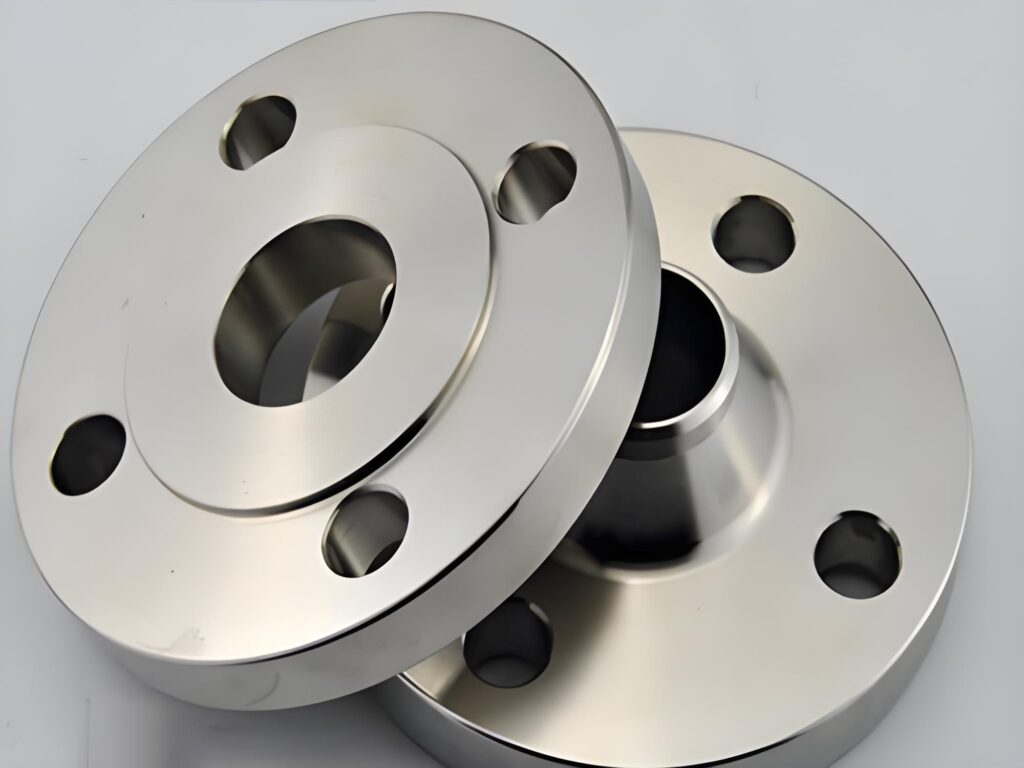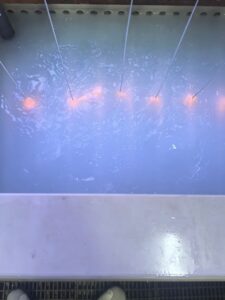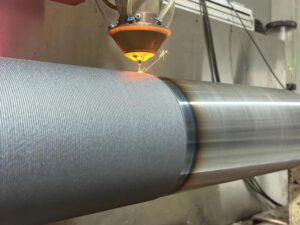Choosing the right material is critical in machining, and the debate of tungsten vs titanium often takes center stage. These metals offer unique properties that cater to different needs in industries like aerospace, medical, and manufacturing. This blog explores the differences between tungsten and titanium, helping you decide which is best for your next project with insights into their strengths, applications, and machining considerations.
What is Titanium?

Titanium is a lightweight, durable, and corrosion-resistant metal prized in industries requiring high performance. Known for its exceptional strength-to-weight ratio, titanium is a top choice for applications where weight savings are crucial, such as aerospace components and medical implants. Its ability to resist rust and chemical degradation makes it ideal for harsh environments, from marine equipment to high-performance automotive parts.
Titanium’s versatility shines in grades like Grade 5 (Ti-6Al-4V), which balances strength and workability. For machining professionals, titanium’s properties make it a go-to for projects demanding precision and durability, especially when considering tungsten vs titanium for lightweight applications.
What is Tungsten?

Tungsten, also known as wolfram, is a dense, heavy metal renowned for its hardness and high melting point of approximately 3,422°C (6,192°F). Its name, meaning “heavy stone” in Swedish, reflects its high density, making it one of the heaviest metals used in machining. Tungsten’s durability and heat resistance make it a favorite in industries like mining, electronics, and aerospace.
When comparing tungsten vs titanium, tungsten’s robustness stands out for applications requiring extreme wear resistance, such as cutting tools and radiation shielding. However, its properties come with unique machining challenges that require specialized expertise.
Is Tungsten Stronger Than Titanium?
A common question in the tungsten vs titanium debate is which metal is stronger. Tungsten boasts a hardness rating of 7.5–9 on the Mohs scale, surpassing titanium’s rating of 6. This makes tungsten highly resistant to scratches and wear, ideal for tools and components in abrasive environments.
However, titanium excels in tensile strength and flexibility, offering a superior strength-to-weight ratio. This makes titanium a better choice for applications where weight is a concern, such as aircraft frames. When evaluating tungsten vs titanium strength, the choice depends on whether hardness or tensile strength is more critical for your project.
Tungsten vs Titanium: What Are the Key Differences?
When comparing tungsten vs titanium for machining, understanding their distinct properties is crucial. Here’s a clear breakdown of their differences to guide your material selection.
- Weight and Density
- Tungsten: Extremely dense (19.25 g/cm³), perfect for heavy-duty applications like counterweights or radiation shielding.
- Titanium: Lightweight (4.51 g/cm³), ideal for aerospace and automotive parts where weight savings are critical.
- Strength and Hardness
- Tungsten: Harder (7.5–9 on Mohs scale), resists scratches but can be brittle under impact.
- Titanium: Stronger in tensile strength, flexible, and better for dynamic loads in structural components.
- Corrosion Resistance
- Tungsten: Good corrosion resistance but may need coatings in harsh environments.
- Titanium: Exceptional resistance to rust, acids, and saltwater, perfect for marine and medical uses.
- Malleability and Workability
- Tungsten: Tough to machine due to hardness; requires specialized tools like EDM.
- Titanium: Easier to shape, though work-hardening requires skilled machining for complex designs.
- Color and Appearance
- Tungsten: Dark, polished gunmetal-gray finish, ideal for industrial or luxury aesthetics.
- Titanium: Silvery-gray, can be anodized for vibrant colors, popular for decorative parts.
- Cost
- Tungsten: More affordable raw material, but machining challenges can raise costs.
- Titanium: Higher cost due to complex processing, justified for high-performance applications.
- Applications
- Tungsten: Suits heavy-duty tools, mining equipment, and electronics (e.g., filaments).
- Titanium: Excels in aerospace (aircraft frames), medical (implants), and automotive parts.
- Biocompatibility
- Tungsten: Limited use in medical applications due to lower biocompatibility.
- Titanium: Highly biocompatible, ideal for implants and prosthetics.
Key Considerations When Choosing Between Tungsten and Titanium
When deciding between tungsten and titanium for a machining project, several factors should guide your decision:
- Application Requirements: Determine whether weight, strength, or corrosion resistance is the priority. Titanium excels in lightweight, corrosion-resistant applications, while tungsten is better for high-hardness, heavy-duty tasks.
- Budget Constraints: Evaluate the trade-offs between initial material costs and long-term performance. Titanium may have a higher upfront cost but could save money in applications requiring minimal maintenance.
- Machining Capabilities: Consider your equipment and expertise. Titanium is easier to machine, while tungsten requires advanced tools and techniques.
- Environmental Factors: Assess the operating environment. Titanium is better suited for corrosive conditions, while tungsten thrives in high-temperature or high-wear scenarios.
By carefully weighing these considerations, manufacturers can select the material that best aligns with their project goals.
Why Choose Precionn for Your Machining Needs?
For companies seeking precision machining solutions, Precionn stands out as a trusted partner. Specializing in high-quality machining services, Precionn leverages advanced technology and expertise to work with a wide range of materials, including titanium and tungsten. Whether you need lightweight, corrosion-resistant components or durable, high-hardness tools, Precionn’s team is equipped to deliver tailored solutions that meet international standards. Visit their website to explore how their services can elevate your next project.




